|
Page 09 |
Ephesus, Capital of Roman Asia | ||||||||
| Space. | |||||||||
| Back to Page 08 | | Home | | To Page 10 | |||||||
| Space. | |||||||||
|
This is Ephesus, a main trading center and was known as the Capital of Roman Asia. It was populated by approximately 25,000 people. |
|||||||||
| Space. | |||||||||
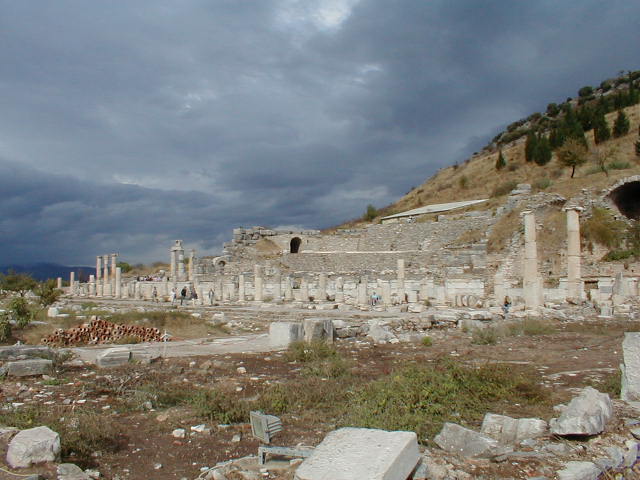 |
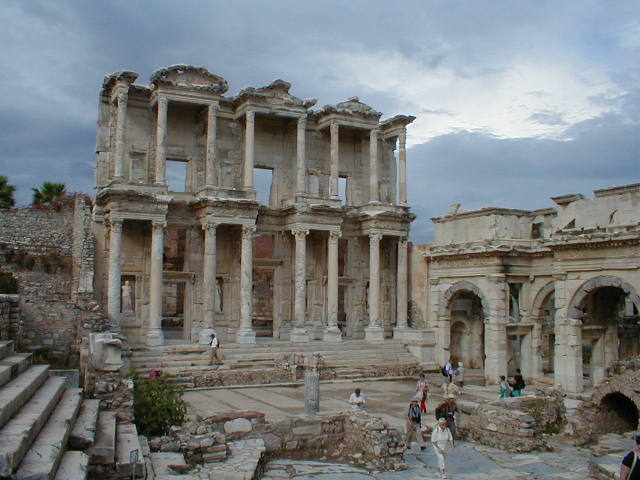 |
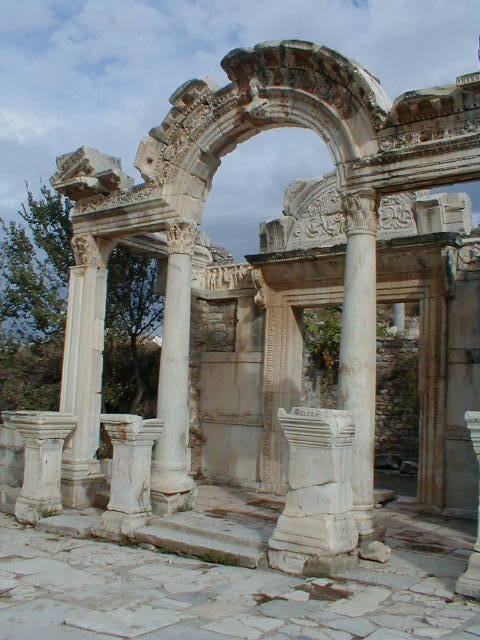 |
| Mile long column lined walkway and shops leading to the library. | Library | Sculptured door ways. |
| We | ||
 |
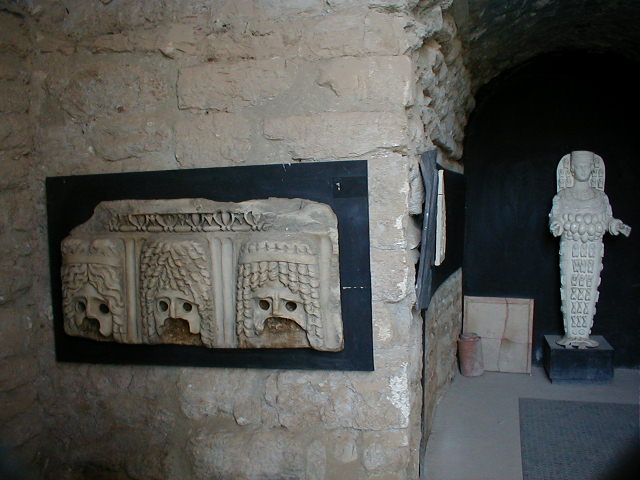 |
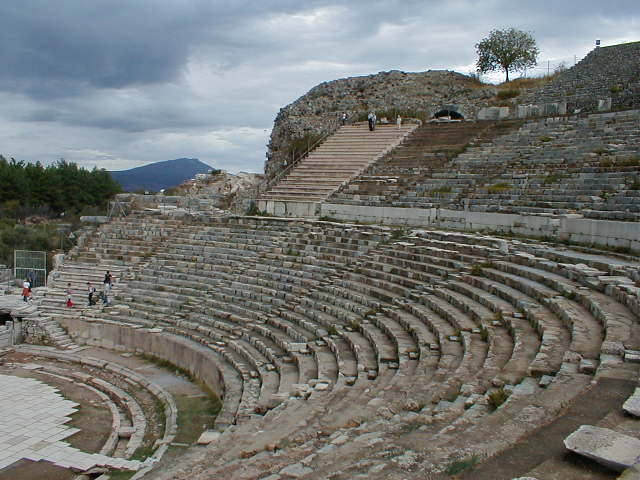 |
| Close up of stone works. | I loved the theatre masks and the goddess of Ephesus. | A massive theatre. |
| We | ||
|
From the theatre, walk south along the marble-paved Sacred Way, also called the Marble Way. Note the remains of the city's elaborate water and sewer systems beneath the paving-stones, and the ruts made by wheeled vehicles (which were not permitted along the Arcadian Way). The large, open space to the right (west) of the street, once surrounded by a colonnade and shops, was the commercial agora (3 BC) or marketplace, heart of Ephesus' business life, presently under restoration. The Sacred Way ends at the Embolos, or `central Ephesus,' with the Library of Celsus and the monumental Gate of Augustus to the right (west), and Curetes Way heading east up the slope. Gaius Julius Celsus Polemaeanus was the Roman governor of Asia Minor early in the 2nd century A.D.. In 110, after the governor's death, his son, Consul Gaius Julius Aquila, erected this library in his father's honour; as says an inscription in Latin and Greek on the side of the building's front staircase. Celsus was buried under the west side of the library, where he rests to this day. The library held 12,000 scrolls in niches around its walls. A one-meter gap between the library's inner and outer walls protected the valuable books from extremes of temperature and humidity. Though it now stands alone, the library was originally built between other buildings, and architectural legerdemain was used to make it look bigger than it is: the base of the fašade is convex, adding height to the central elements; and the central columns and capitals are larger than those at the ends. The niches on the facade held statues (now in Vienna's Ephesus Museum) representing the Virtues: Arete (Goodness), Ennoia (Thought), Episteme (Knowledge) 'and Sophia (Wisdom). The library was restored with the aid of the Austrian Archaeological Institute. |
||